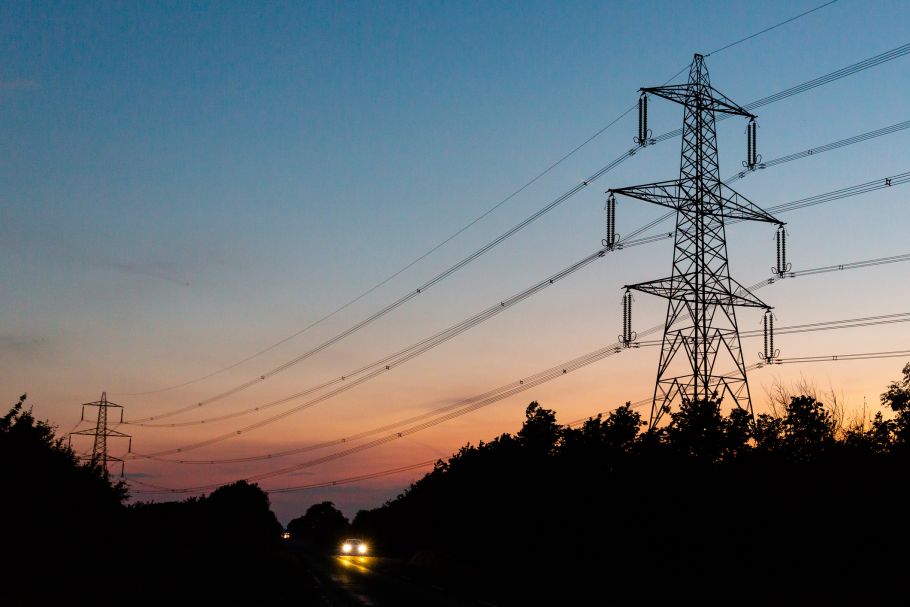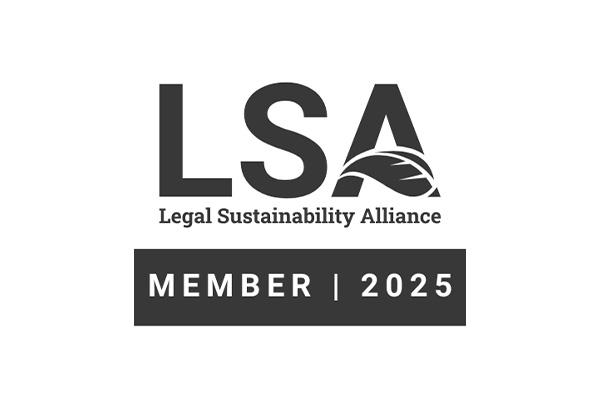
Contributors: Craig Whelton
Date published: 4 April 2025
Turbulent times – CP30 and Scotland’s onshore wind future
With the publication of the Clean Power Action Plan 2030 (CP30), and the Planning & Infrastructure Bill, 2025 has already given the renewables industry much to consider.
The various reforms are intended to help accelerate the delivery of clean energy, and they have been broadly welcomed. But not without qualification. Given the scale of change, this is perhaps inevitable – as with any reform, there will be winners and losers.
CP30 seeks to more closely align delivery of generation with the grid network, and establishes a UK wide capacity for clean energy projects. Within this overall capacity, specific capacities are allocated for solar, battery and onshore wind projects on a zonal basis. For these technologies, CP30 divides the GB transmission network into 11 zones – with Scotland split into two zones based on the transmission areas operated by SSE and Scottish Power. These zonal capacities are allocated between 2026–2030 (phase one) and 2030–2035 (phase two). Recognising the relative maturity of the Scottish onshore wind market compared to England & Wales, onshore wind is treated differently for phase two, with “Scotland” and “England & Wales” zones.
As part of the ongoing reforms to the grid connection system, one of the criteria for eligibility for a grid connection will be alignment with CP30.
And this is where one of the concerns with CP30 lies. The capacity allocated for onshore wind for Scotland in phase two is just 700MW. To put that in context, existing onshore wind capacity in Scotland is over 10,000MW, and Scottish Government has a target for at least 20,000MW of installed capacity by 2030. There is a real concern that the limited capacity allocated for Scottish onshore wind post 2030 will prevent projects that are already being progressed connecting to the grid. Many developers have raised concerns with government that allocation will operate as a cap and represent a “de facto ban” on onshore wind in Scotland. Government’s response is that the capacities are not intended to be a cap, and projects will not be prevented from connecting to the grid where capacity exists. Further detail is to be provided in the government’s Strategic Spatial Energy Plan. However, that document is not due to be published until late 2026.
Scottish onshore wind has a key role to play in ensuring the UK meets its clean energy targets, as illustrated by the number of projects potentially affected by the CP30 changes. Experience shows that government targets can often end up being misapplied or misunderstood as representing a limit on development. Despite the assurances from government, the zonal capacities in CP30 are already being referenced in objections to schemes. That was clearly not the intention of the reforms, but it does lend weight to the industries’ concerns, and the need for further clarification from government ahead of the publication of the Strategic Spatial Energy Plan.
Shepherd and Wedderburn is headline sponsor of All-Energy, the UK’s largest renewable and low-carbon energy exhibition and conference, taking place in Glasgow on 14–15 May 2025. Visit the All-Energy hub to find out more: shepwedd-allenergy.com.
Contributors:
Craig Whelton
Partner
To find out more contact us here
Sectors: Clean Energy, Energy and Natural Resources
















